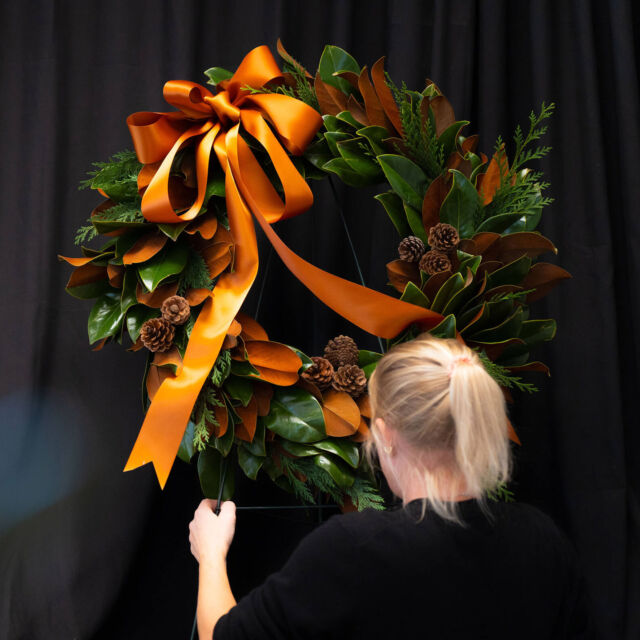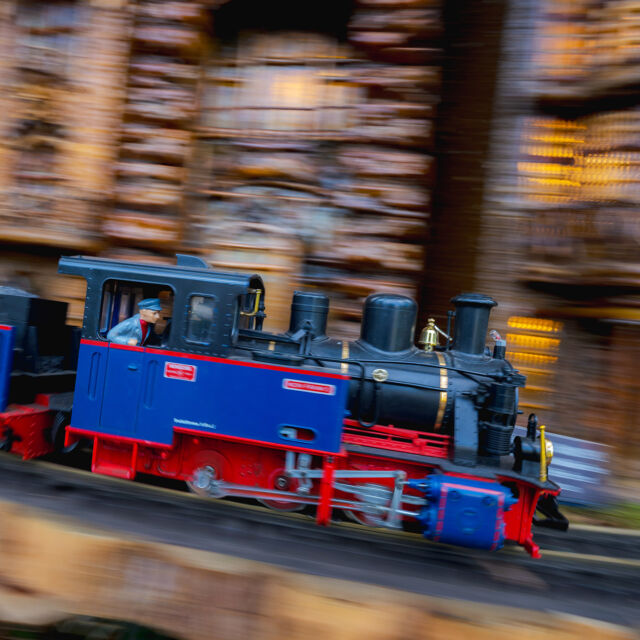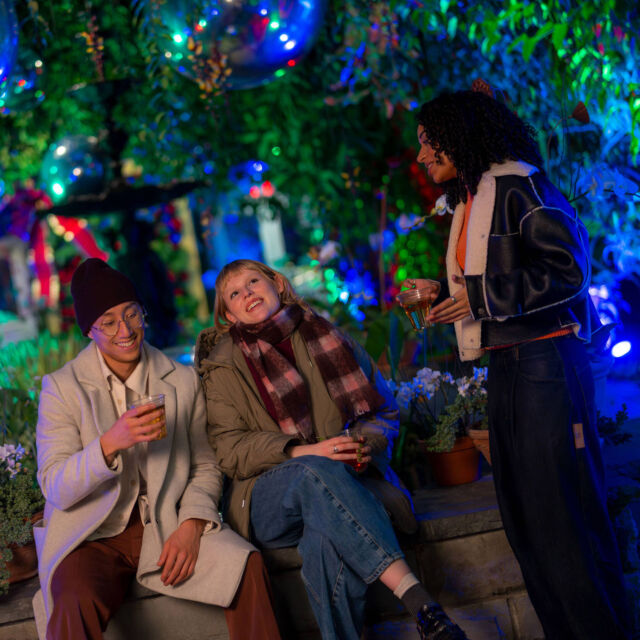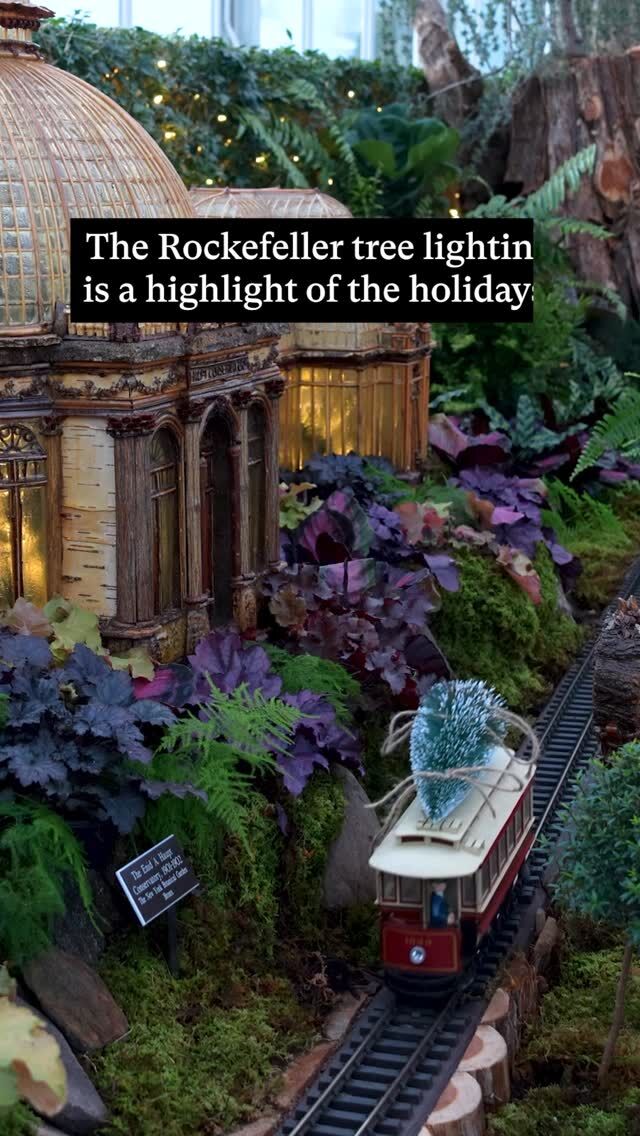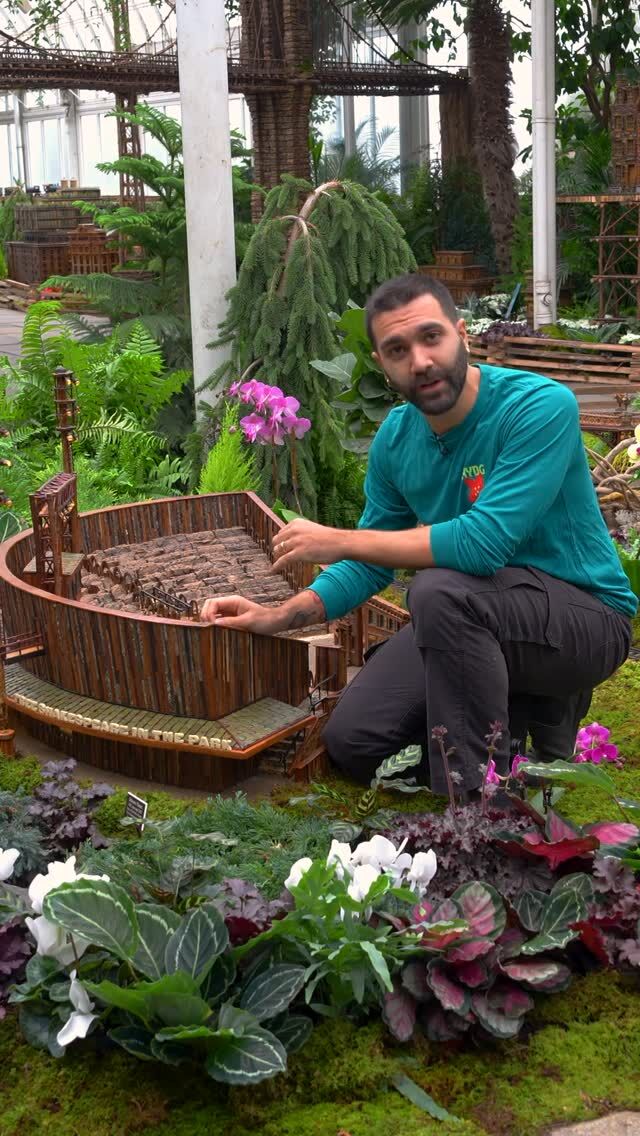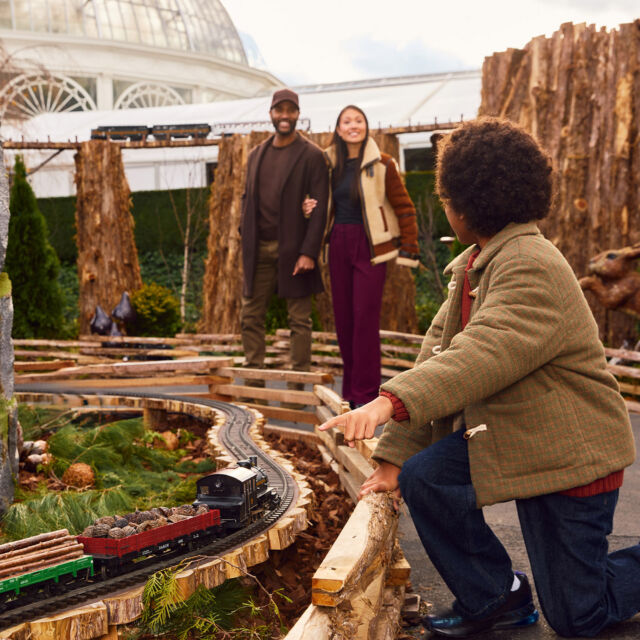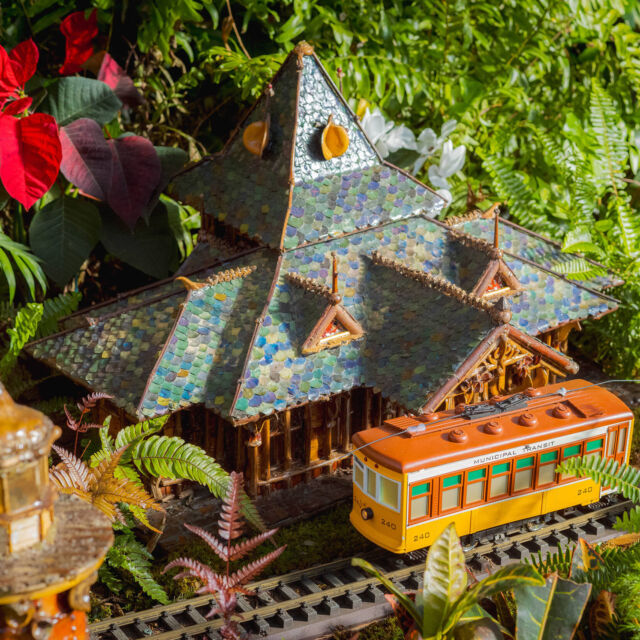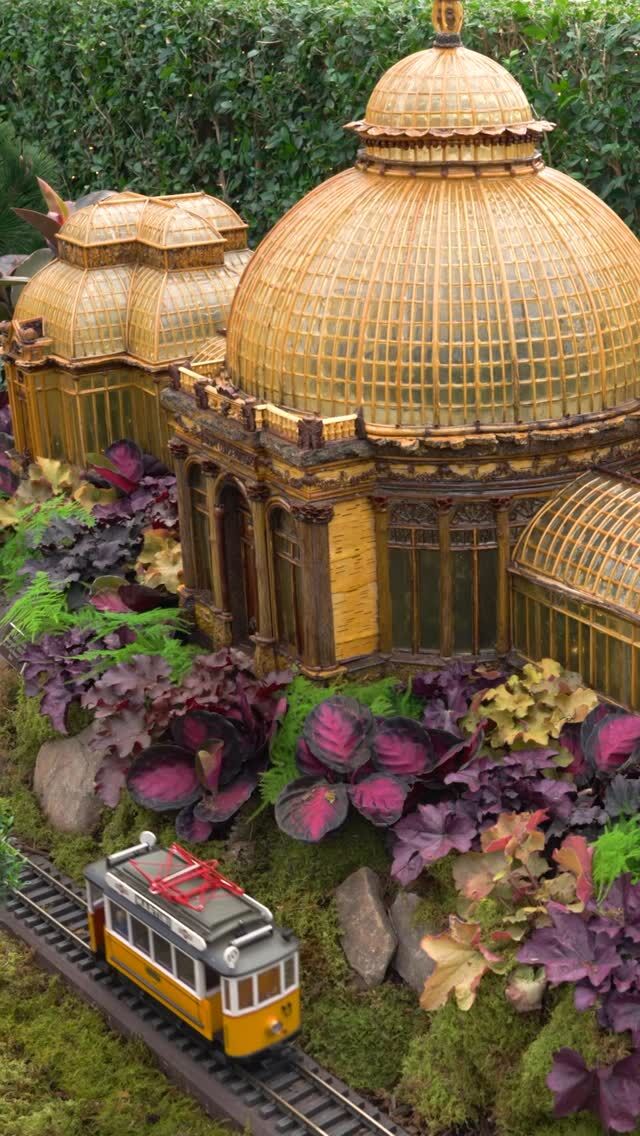Gardening When You Don’t Have Space
Want to grow a garden but don’t have the space? Maybe you have a fire escape that’s been looking worse for wear and needs some sprucing up, or you’ve had a vision to populate your terrace with plants but haven’t quite figured out how. We’re here to show you that growing greenery in the city is easy—you can “nature your city,” as Dr. Eric Sanderson, our Vice President for Urban Conservation Strategy, likes to put it. You can add to the biodiversity of an urban space by growing plants wherever you find room, even right outside your window. Plus, you can grow plants that attract and help provide important nutrients for pollinators. Butterflies, birds, bees, and more are always in need of a place to restore their energy, and your container garden can be their fuel stop!
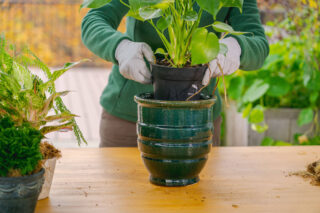
Here are some tips from the Plant Doctors in NYBG’s Mertz Library—including a Guide to Container Gardening. Take your skills to the next level with Plant Doc posts on Urban Gardening and Balcony Gardens. If you want to learn even more, consider taking our online Plant Studio course all about Container Gardening, and grow your garden as you grow your skills!
- When growing plants on a terrace, you’ll have to account for the wind and sun exposure above ground, as well as root exposure experienced by plants in containers. To protect your investment, select plants that are hardy to 2 USDA growing zones lower than your location—that means USDA zone 5 in NYC.
- Purple coneflowers (Echinacea purpurea)
- Smooth blue aster (Symphyotrichum laeve)
- Wild bergamot (Monarda fistulosa)
- Bluets (Houstonia caerulea)
- If planting on a fire escape, keep a generous pathway clear for safety.
- If you want to grow a plant that is on the margin of hardiness, keep the plant in a container that can be moved closer to the wall of your home for added shelter and warmth when it gets cold. Choose the right type of soil and container for wear and tear and proper drainage.
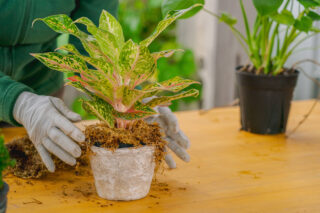
- Select a container material that will not be damaged throughout the season, as the soil expands and contracts as it freezes and thaws. Examples include,
- Fiberglass
- Heavy plastic
- Plastic mesh
- Metal
- Stone
- Begin to prepare the container and soil in late winter, then purchase your plants closer to the last frost once spring arrives.
- Include a shallow water source for pollinators to hydrate along their journey, like a bird bath, fountain, or other feature in your garden.
- Think of a pollinator that you’d like to attract, and plant accordingly! Examples include,
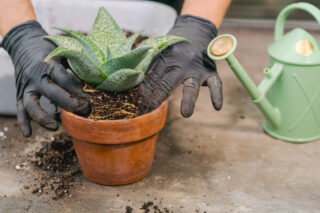
-
- Virginia bluebells (Mertensia virginica)
- Showy trilliums (Trillium grandiflorum)
- Dutchman’s breeches (Dicentra cucullaria)
- Foamflowers (Tiarella cordifolia)
- Soloman’s seal (Polygonatum spp.)
- New York ironweed (Vernonia noveboracensis)
Native plants are often perennials, meaning they will re-grow year after year, and will be well-suited to your location, even if on a terrace! If you’d like to learn more about which native plants to grow, read more about gardening with native plants and pollinator gardens. Other resources include the Ladybird Johnson Wildflower Center for info on native species, and for a list of plants that attract butterflies, the Xerces Society for Invertebrate Conservation.
Have any other questions as you get started on your gardening journey? Ask the Plant Docs here.
SUBSCRIBE
Enter your email address to subscribe to this blog and receive updates on new posts.
